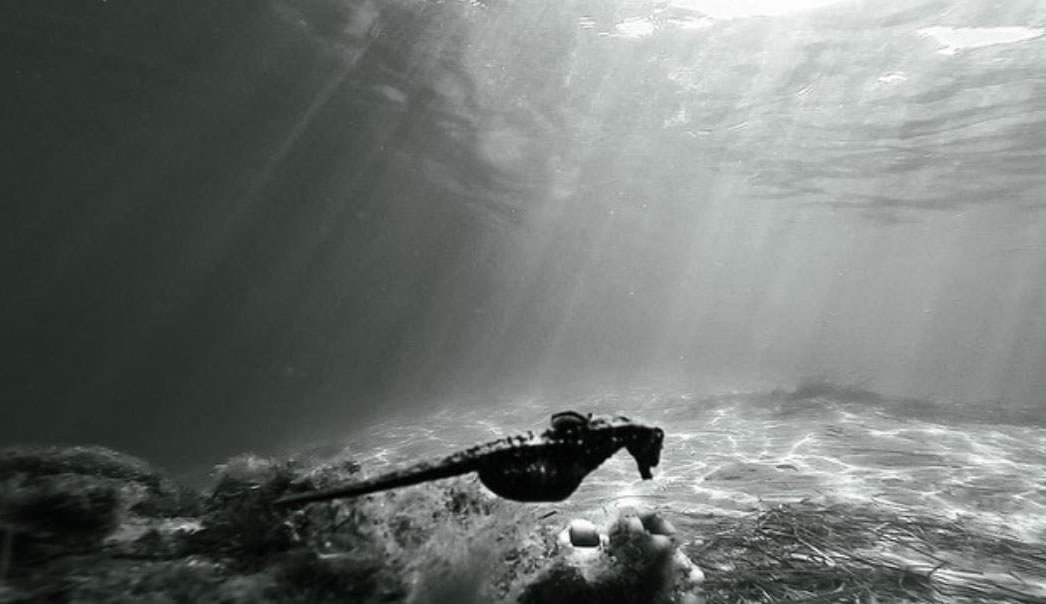 Photo by Melissa Nel
Photo by Melissa Nel
An endangered Knysna seahorse with eggs has been seen in Plettenberg Bay's Keurbooms estuary.
This is an exciting development for conservationists and marine researchers alike. Melissa Nel, a conservationist and volunteer coordinator at the Orca Foundation, spotted & photographed the seahorse.
The male seahorse she captured was holding eggs, an unique adaptation that has allowed the species to endure in its underwater habitat for millions of years. This is a unique characteristic of seahorse reproduction, as the male carries the fertilised eggs in his brood pouch following a lengthy courtship. The female deposits her eggs into the male's pouch using an ovipositor (an egg channel).
This delicate species is notoriously difficult to spot, with a standard length of up to only 12 cm and colouration strongly influenced by the surrounding environment. The Knysna seahorse, or Cape seahorse (Hippocampus capensis), is endemic to the South African coastline and is actually only known to be found in three estuaries in the world: Keurbooms, Knysna, and the Swartvlei system in Sedgefield.
Recent surveys conducted by the ORCA Foundation have revealed that the endangered seahorse population in the Keurbooms estuary has diminished due to floods in 2007 and 2011. This is a concerning development, as it highlights the fragility of marine ecosystems and the need for greater conservation efforts.
However, Melissa Nel's discovery of the seahorse in the estuary is a reminder that, with proper protection and care, these creatures can still thrive. We must continue to work together to ensure that these species are preserved for future generations to enjoy.






